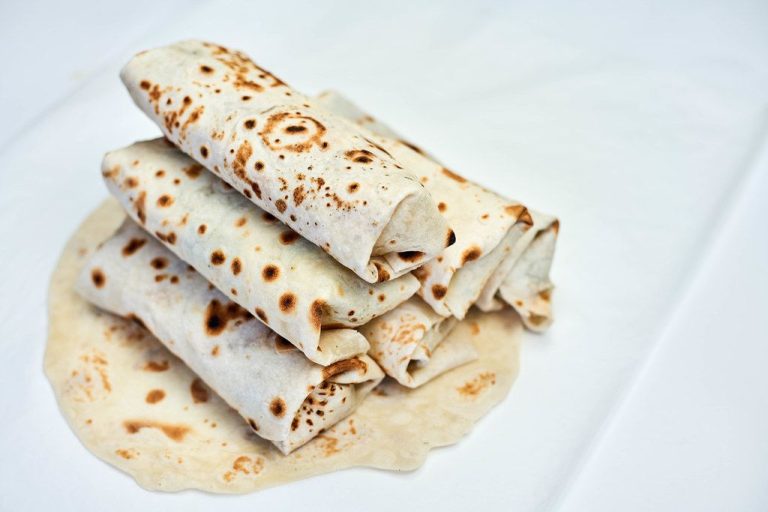Middle Eastern recipes also borrow from other food cultures
Different cultural influences have shaped the cuisines of the Middle East and the Mediterranean. Arabic, Persian, and Turkish customs are all blended together in unique ways in Middle Eastern food. Mediterranean cuisine, on the other hand, emphasizes local products and cooking simplicity and is influenced by the culinary traditions of Southern European countries like Greece, Italy, and Spain.Even though yogurt sauce, pistachios, and shish kebab are fairly common dishes in the Middle East, there are a wide range of variations that have developed despite their shared Levantine past. From cardamom to basmati rice, every nation in the region has cultivated its own distinct palates.
The unique case of Egypt
Egypt has one of the oldest histories of civilization and is situated on the African continent. Egyptian culture and technology were so advanced that they continue to have an impact on modern Mediterranean societies. Its diet explains a portion of that influence. Look toward Ful if you’re craving a traditional Egyptian breakfast. This dish, which is made of fava beans and is typically eaten with pita bread, cheese, or eggs, simply needs a small amount of oil and salt. Koshari is a classic rice, lentil, and macaroni dish prepared with chickpeas from Egypt. With sauce, herbs, and spices on top,
The key differences
Food tends to be aromatic and spicy
Spices from the Middle East are known to be strong and fragrant in cuisine. In many Middle Eastern dishes, spices such as cumin, coriander, cardamom, and sumac are key ingredients. These spices combine to provide a flavor symphony that is warm, nuanced, and frequently somewhat sweet. Meals such as falafel, biryani, and shawarma are prime instances of Middle Eastern culinary prowess.
There is heavy use of meat products
Beef and chicken are major staples in the Middle Eastern cuisine. A variety of spices are frequently used to season the meat, which is then slow-cooked to delicate perfection. Often used and turned into delicious recipes like moussaka and baba ghanoush are vegetables like eggplant, zucchini, and chickpeas. Furthermore, pita bread and tahini, a paste made from sesame seeds, are essential components of many Middle Eastern dishes.
You have your bread flat, not round
Middle Eastern cuisine is known for its fondness of wraps and flatbreads. Naan, pita, and lavash are eaten in large quantities. These bread kinds are frequently used as vehicles to convey savory ingredients, such as grilled meats or fresh vegetables, rather than just as a complement.
Absence of condiments – its all natural and fresh
Using seasonal, fresh ingredients is essential to the success of Mediterranean cooking. The main ingredients are a variety of vegetables, fresh herbs, and olive oil. The natural essence of the ingredients is accentuated by the brighter, lighter flavors. Appetizers such as bruschetta, caprese, and Greek salad are good examples of this concept.
